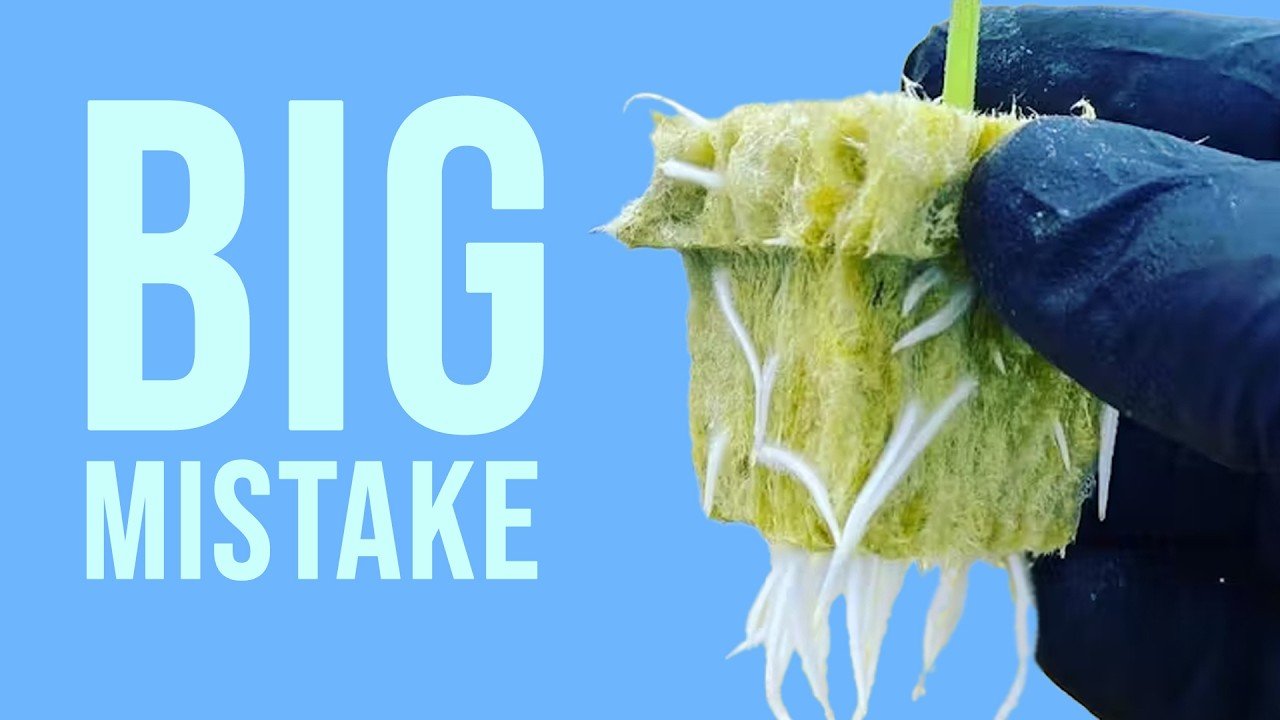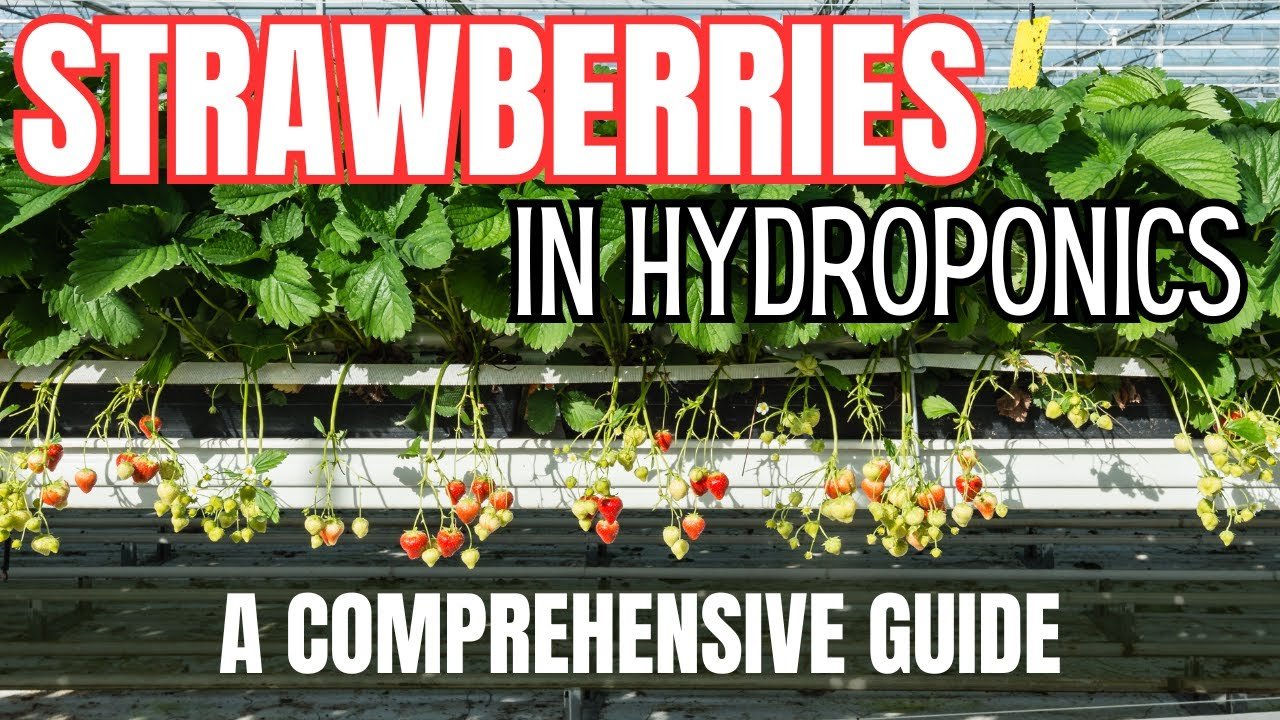From Backyard Dreams to Hydroponic Reality
You know, there was a time I thought I could conquer the world of hydroponics. Yeah, me, a dad from a small town in the middle of nowhere, with a passion for gardening that might be just slightly beyond my actual skill level. But you know how it goes—you get a wild idea after binge-watching some Youtube videos while cradling a cup of cold coffee. “Why not try aquaponics? It’s like a garden and a fish tank in one!” Seemed simple enough, right?
Seeds of Ambition
So there I was, standing in my backyard, dreaming big, but when it came time to actually put the plan into action, I realized I hadn’t thought this through. I had all these visions of wavy kale and plump tomatoes coexisting happily alongside my pet goldfish, Bubbles. I wanted my yard to look like a hybrid of a Botanic Garden and a fish market.
First, I scoured every tool and odd scrap lying around the shed. I found a couple of old plastic storage bins, a broken aquarium pump, and a five-gallon bucket—the kind every red-blooded American dad has stacked in a corner, just waiting to be repurposed. With all this stuff, I thought I could make something magnificent.
The Initial Set-Up
With my set of mismatched tools—a rusty screwdriver and some duct tape—I started assembling my aquaponics system. I cut holes in the plastic bins for the pea gravel, set up the old pump, and voilà! My backyard marvel was born. Not exactly the Sistine Chapel of aquaponics, but I was proud.
After filling everything with water, I added my trusty goldfish, Bubbles, alongside a couple of tilapia I bought from a local fish supplier. “Easy peasy,” I thought, “Let nature do its thing.” Spoiler alert: nature had other plans.
Where It All Went South
About a week in, I was drunk on success until I noticed the water starting to stink. I mean, it smelled like a mixture of a high school locker room and the bottom of a swamp. My heart sank as I watched algae start to flourish in my beautiful recycled system. I began to panic; my vision of a thriving underwater paradise was fizzling fast.
Turns out, I had skipped the step about cycling the water properly. How did I miss that? It’s like forgetting to heat up your car before the winter morning commute. So I started doing internet research and came across terms like “nitrification cycle.” That sounded fancy, but honestly, it only further complicated things.
Trial and Error
A few heartaches later, I tightened my belt and tried again. I bought some beneficial bacteria from a gardening store and learned I needed to let the good stuff compete with the bad stuff growing in my system. Water changes? Check. Less feed for Bubbles and the tilapia? Check. It felt like I was running a fishy daycare, balancing survival rates like a tightrope walker.
Then came the day I thought I’d nailed it—the water looked clearer! I felt like a champion until, just a couple of days later, the water started turning green again. Not just slightly murky, but green like something out of a science fiction movie. My heart dropped when I did a head count and realized that, sadly, one of my tilapia had met its fate.
The Breakthrough Moment
I’ll admit, there were times I almost gave up. I had the kind of debates with my wife that I imagine go down when someone insists on adopting a third dog. “Honey, another fish? Isn’t that pushing it?” But something in me wouldn’t let go.
Then one magical afternoon, I was messing around with the pump again, cursing under my breath, when I happened to look closely at the plants. They were actually growing! My kale and basil weren’t just surviving; they were thriving. The mint was spilling over the edges like it owned the place. I guess they thrived because I’d learned to fine-tune the balance in the system, and my tiny ecosystem was finding its harmony.
It still had its stinky moments, but amidst the chaos, real life was unfolding. We picked our first handful of cherry tomatoes that summer, and let me tell you, they tasted like candy. They were quirky little things, but they were ours, grown right in our backyard.
A Kitchen to Garden Journey
It was around this time that my perspective shifted. This wasn’t just about fish and plants anymore. It was about patience, resilience, and the simple joys of a homegrown harvest. I learned that sometimes life doesn’t go according to the instructions—and that’s okay. There were plenty of lessons along the way, some sprinkled with frustration, others with joy.
So, if you’re sipping coffee and wondering if you should try building your own hydroponic system, I’ll spare you the glossy brochures and fancy ads. Just start. Embrace the mess. You’ll mess up, you’ll curse a bit, and you might even think you’re trying to domesticate an aquatic beast. But through it all, you’ll find the joy in those little successes. The kind you can grow in your own backyard.
And hey, if you want to build your own fantastical world of chubby fish and vibrant greens, don’t wait for the perfect moment. It’s not about getting it right; it’s about learning and growing—just like your plants will.
So grab that rusty screwdriver and save some time for trial and error in the name of backyard happiness. Trust me; it’ll be worth it.
If you’re intrigued and ready to dive into your own project, join the next session and let’s navigate these fishy waters together!






Leave a Reply